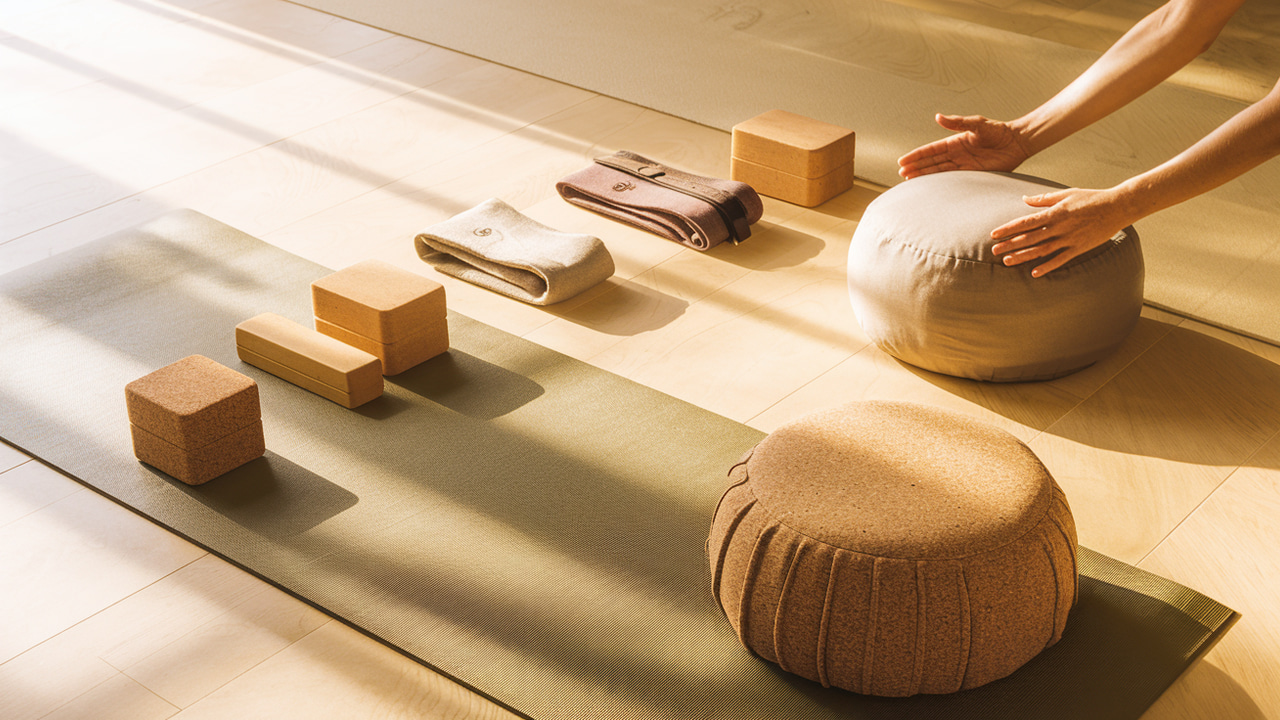
Tips for Adjusting Your Yoga Routine Over Time
A thoughtful guide to evolving your practice as your body and goals change
What You’ll Learn
- How to identify subtle signs that your current yoga routine needs a shift.
- Practical steps to modify your practice for improved balance and recovery.
- Strategies for integrating new poses and techniques safely over time.
- Ways to prevent plateauing and continuously challenge your body.
Understanding the Need for Adjustment
As your body grows accustomed to a specific yoga routine, you may notice that progress slows down. It becomes essential to listen to your body’s signals. Adjusting your routine not only helps in breaking through plateaus, but it also caters to any evolving physical needs.
For a detailed look at how a structured routine can contribute to your overall progress, check out our guide to Weekly Yoga Plans for Consistent Weight Loss.
Revisiting scientific studies on exercise recovery on websites such as ACE Fitness can also provide additional insights into why periodic changes benefit long-term progress.
Listening to Your Body’s Cues
Paying close attention to signs of fatigue, stiffness, or discomfort helps you decide when it’s time to adjust the intensity, duration, or type of poses in your practice. Begin by keeping a yoga journal to record daily sensations and progress. This proactive approach enables you to identify patterns and areas where modifications are needed.
For more insights about balancing challenges in your practice, explore Balancing Intensity and Recovery in Yoga.
Gradual Increases in Practice Complexity
As you become more experienced, refining your yoga routine step-by-step is key. Start by incrementally adding complex poses or increasing hold times. This progressive overload method helps avoid injury and keeps your practice stimulating. For instance, when practicing a challenging balance pose, elongate your hold by a few seconds every week.
Consider referring to expert advice or structured routines on external sites such as Yoga Journal for additional perspective.
Integrating New Variations and Techniques
Over time, incorporating different yoga styles or modifications can invigorate your practice. Whether you’re adding yin yoga stretches or dynamic flow sequences, these changes maintain your interest and provide comprehensive health benefits. Experiment with props like blocks or straps to safely explore new variations.
To learn more about crafting balanced routines, see our article on Maximizing Fat Burn: Yoga Session Duration.
Tracking Progress and Making Adjustments
Consistently monitoring your performance helps you determine which modifications are most effective. Maintaining a record of your journey, including flexibility, strength improvements, and endurance levels, provides tangible evidence for adjusting your routine. Set specific milestones and review them every few weeks to remain on track.
Use the structured table below to help you compare different session types and track their impact on your progress:
| Session Type | Focus Area | Duration | Intensity Level | Customization Notes |
|---|---|---|---|---|
| Beginner Flow | Flexibility & Balance | 30 mins | Low | Introduce gentle modifications. |
| Intermediate Vinyasa | Strength & Endurance | 45 mins | Moderate | Transition to more challenging poses slowly. |
| Advanced Power Yoga | Core Stability & Intensity | 60 mins | High | Include brief periods of recovery between poses. |
Feel free to add your own suggestions to this table as you discover what works best for you.
Recap
Adjusting your yoga routine is a dynamic process. In this article, we’ve covered the importance of identifying the need for change, carefully listening to your body,gradually increasing the complexity of your practice, integrating new variations and Techniques, and tracking your progress. Regularly revisiting these sections will help you adapt your practice as your body and lifestyle evolve.
Frequently Asked Questions
- Why should I adjust my yoga routine over time?
- Your body adapts quickly to regular routines. Adjustments help prevent plateaus, reduce the risk of injury, and ensure that you remain challenged and engaged.
- How often should I modify my routine?
- It depends on individual progress; however, reviewing your practice every 4-6 weeks is a good guideline to see if adjustments are necessary.
- What are some signs that my routine needs a change?
- Look for signs such as recurring discomfort, lack of progress in flexibility or strength, and a decrease in overall motivation during sessions.
- Can I incorporate different styles of yoga into my routine?
- Yes, blending elements from various yoga styles can enhance your routine by improving balance, flexibility, and overall body strength.
- How can I track the effectiveness of my adjustments?
- Keeping a detailed yoga journal or using a fitness app to monitor changes over time can help you determine what adjustments work best for your body.
- Are modifications safe for beginners?
- Absolutely. Begin with small modifications and consider seeking guidance from a certified instructor to ensure proper alignment and safety.
Next Article section
Continue your journey of refining your yoga practice by exploring guidance on session duration that carefully considers your body’s capacity for sustained effort. In this next exploration, you’ll learn how to optimize your yoga sessions for enhanced fat-burning benefits and overall fitness gains. This transition will help you deepen your understanding of how each minute on the mat can contribute to your well-being.
Maximizing Fat Burn: Yoga Session Duration
If you’re looking for even more direction, feel free to revisit our content hub at yogaforweightloss.fit for additional insights.
Ready to Evolve Your Practice?
Take the next step by evaluating your current routine using the tips provided above. Whether it’s introducing a new pose, tweaking the duration, or tracking your progress more closely, start incorporating these changes today to continue progressing in your yoga journey.